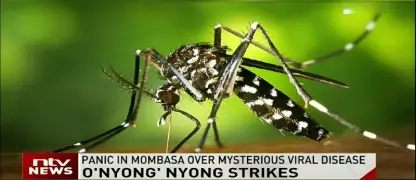Cervical cancer is a serious disease that affects women worldwide. Early detection, prevention, and understanding risk factors can help reduce the impact of cervical cancer and other cancers.
What are the main causes of cervical cancer (and other cancers)?
- Persistent infection with high-risk human papillomavirus (HPV) strains significantly increases the risk of cervical and other cancers.
- Genetic mutations in tumor suppressor genes or oncogenes can trigger abnormal cell growth, leading to various forms of cancer.
- Lifestyle factors, including smoking, poor diet, and excessive alcohol, contribute to cancer development in multiple organs.
Key symptoms of cervical cancer (and other cancers) to watch for
- Unusual vaginal bleeding, especially after intercourse, is a primary symptom that may indicate early-stage cervical cancer.
- Persistent fatigue, unexplained weight loss, and chronic pain often signal the progression of cancer in different body parts.
- Changes in urinary or bowel habits can indicate cancers affecting the bladder, colon, or nearby reproductive organs.
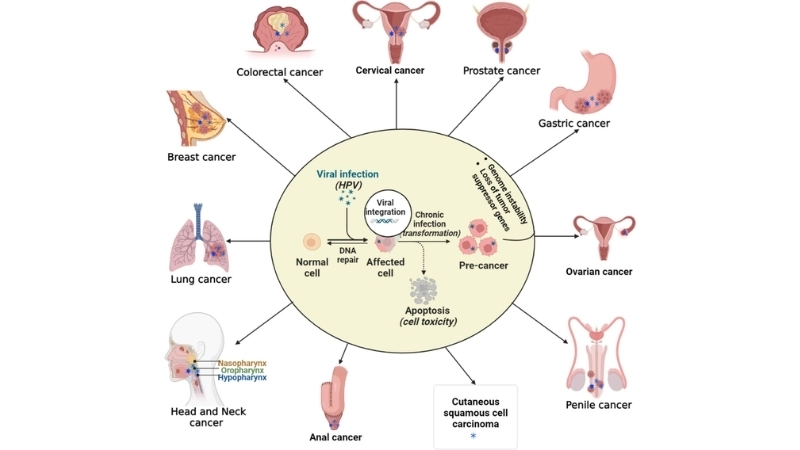
>>>Refer to this immediately: Understanding nasopharyngeal carcinoma causes and risks
How can you prevent cervical cancer (and other cancers) effectively?
- Regular screenings, including Pap smears and HPV tests, detect precancerous changes early and prevent cervical cancer progression.
- Vaccinations against HPV can significantly reduce the risk of cervical cancer and related malignancies in both genders.
- Maintaining a healthy lifestyle with balanced nutrition, physical activity, and avoiding tobacco reduces overall cancer risk.
>>>Refer to this immediately: Understanding burkitt's lymphoma symptoms and causes
Image description of cervical cancer (and other cancers)
Cervical cancer is a disease where abnormal cells grow in the cervix, often caused by HPV infection. Early detection and healthy lifestyle choices help prevent its progression.
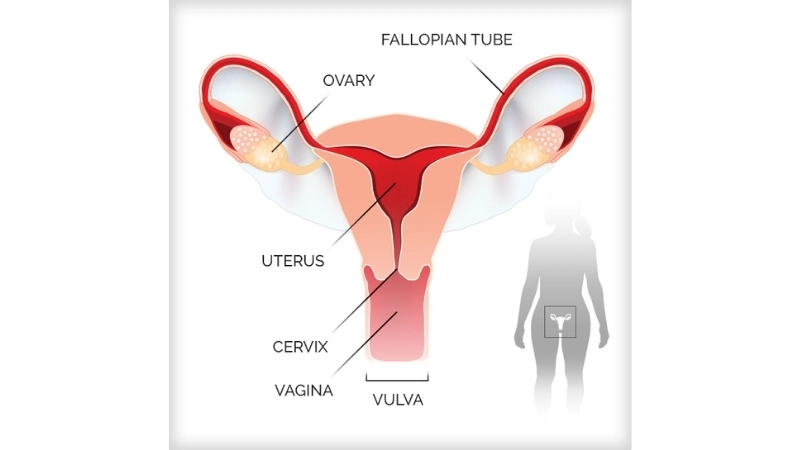
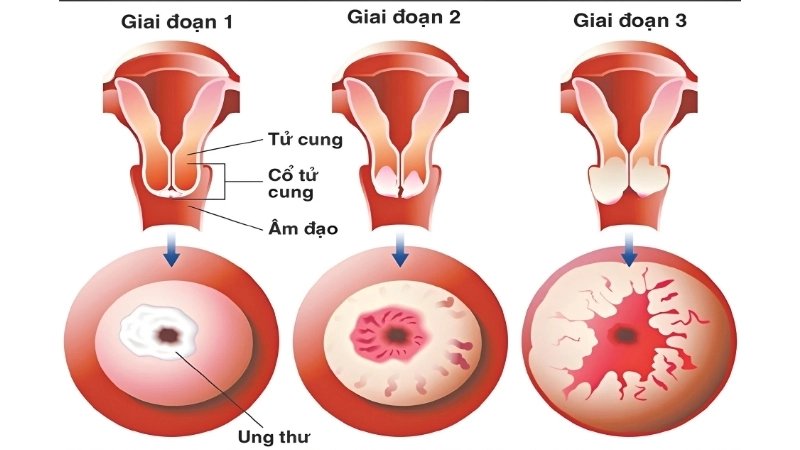

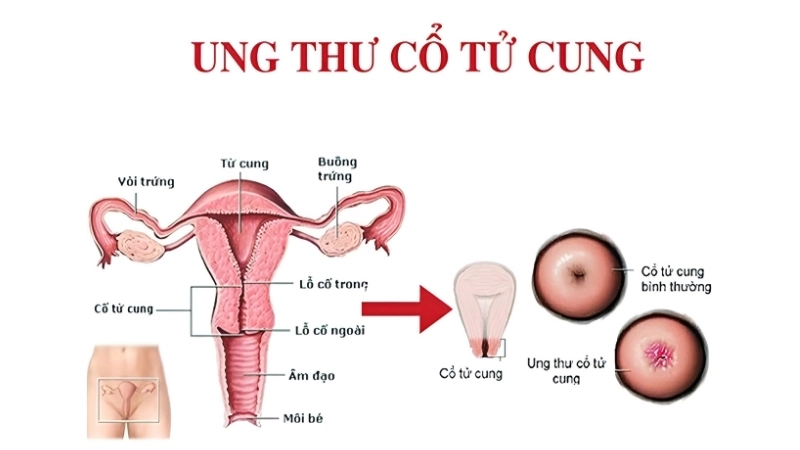
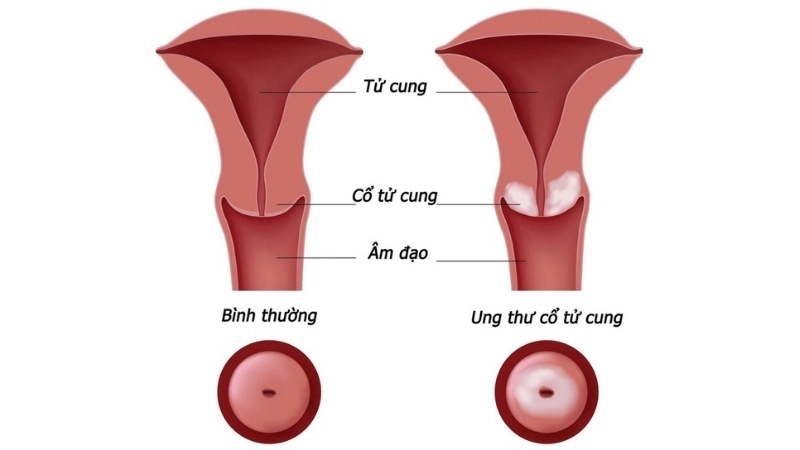


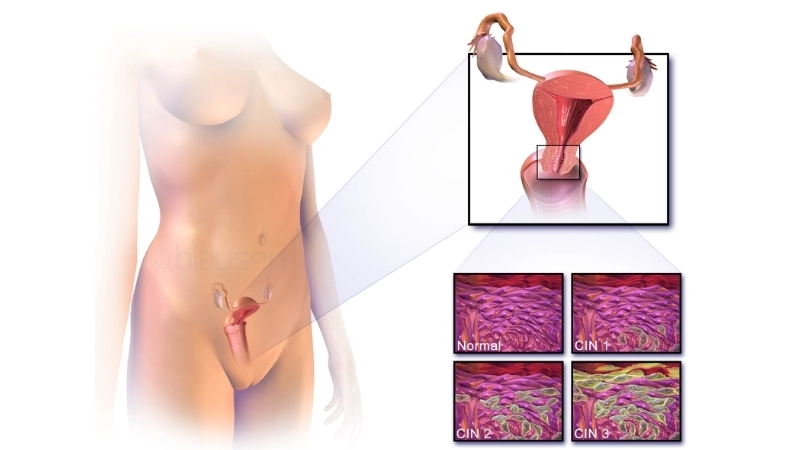
>>>Refer to this immediately: Understanding sindbis fever symptoms and early warning signs
By staying informed about cervical cancer symptoms, prevention, and treatments, women can take proactive steps toward health and well-being, reducing risks of cervical cancer and other cancers.






